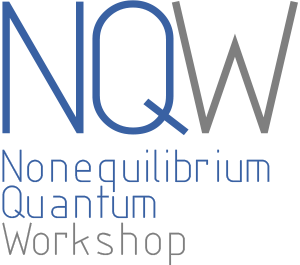- Invited talk
Fabian Heidrich-Meisner: Nonequilibrium dynamics and transport in Holstein models
Understanding the properties of real materials requires the incorporation of multiple degrees of freedom into the theoretical modeling. In this research, we focus on the coupling of electrons to phonons. We developed a comprehensive matrix-product-states based schemes that allows to compute spectral functions, optical conductivity and thermal conductivity of one-dimensional Holstein chains, both for the polaron case and half filling, and at finite temperatures. These techniques work well in t...


